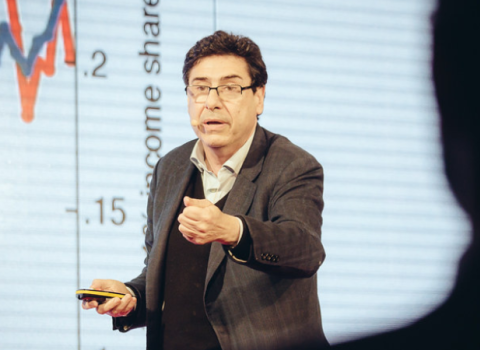Funded by ERC and just completed, the project uncovers the cellular mechanisms underlying various diseases thanks to a new optical microscopy technique
The VIBRA project, "Very fast Imaging by Broadband coherent Raman", has just ended at the Politecnico di Milano. Funded by the prestigious European Research Council of the European Community and lasted 5 years (2015-2020), it led to the development of a new revolutionary optical microscope in the biological and biomedical fields. "Today, the identification of tumors and other diseases is largely based on the subjective judgment of a pathologist who visually inspects the tissue under a microscope. Our optical microscope, based on coherent Raman spectroscopy, is able to quickly visualize the chemical content of a biological sample to identify diseased cells in human biopsy - an accurate, reliable and non-invasive tool that can guide the surgeon's work in real time”, explains Dario Polli, Professor of Physics at the Politecnico di Milano and scientific director of the project.
By exploiting sophisticated laser techniques that generate ultra-short light pulses (lasting millionths of millionths of a second, among the shortest events ever made by man), it was possible to record the fingerprint of the molecules that make up matter. Each molecule, in fact, is recognizable by the "sound" it emits when it vibrates. Hence the name of the project. The laser pulses have the double function of hitting molecules like a hammer to make them vibrate and then recording their vibration, at frequencies billions of times higher than the sounds we can perceive with our ears. All this in a non-invasive way, that is, without adding any contrast agent or destroying or disturbing the sample. It was therefore possible to map the concentration of the various constituents of matter and create detailed three-dimensional maps of cells and tissues. "The results obtained will have a great impact in biology and medicine. In the future, they will allow researchers to visualize the properties of organic samples with great bio-chemical specificity. The aim will be to study the cellular mechanisms underlying various pathologies and to automatically identify tumors in biopsies, with a degree of accuracy and reproducibility better than we can do today”, comments Professor Dario Polli.
Link to the VIBRA project website: www.vibra.polimi.it
This article was first published on 13 October by Politecnico di Milano.





 A unique international forum for public research organisations and companies to connect their external engagement with strategic interests around their R&D system.
A unique international forum for public research organisations and companies to connect their external engagement with strategic interests around their R&D system.